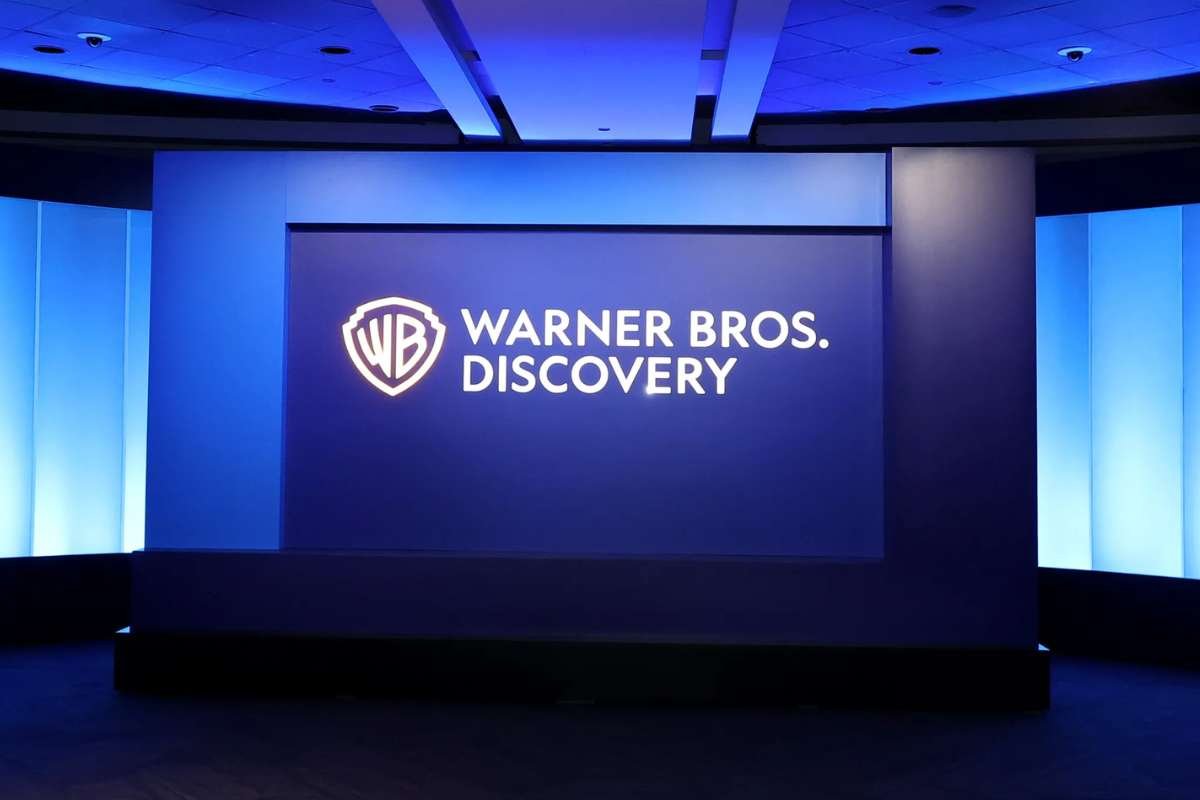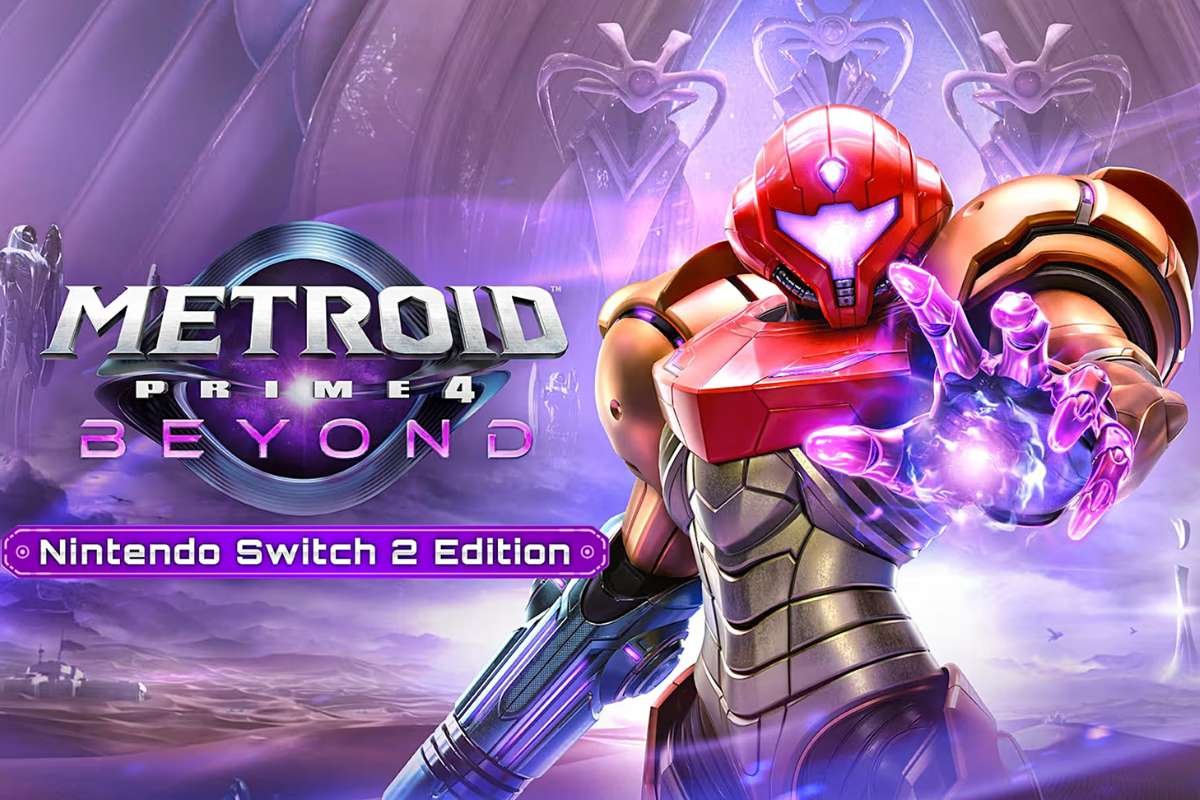With the release of Mario Kart World and the long-awaited Nintendo Switch 2 set for June 5, developers are unveiling how this new title breaks away from tradition. Instead of simply expanding Mario Kart 8 Deluxe, the team behind the game sought to revolutionize the series by embracing a more ambitious, open-world format.
According to producer Kosuke Yabuki, the decision to name the game Mario Kart World rather than Mario Kart 9 reflects a major conceptual shift. “We wanted to take the series to the next level,” he explained, emphasizing that the goal was to create something entirely new, not just add more courses. The team envisioned an expansive racing experience where players can freely explore between courses, akin to a seamless road trip through a connected universe.
Art director Masaaki Ishikawa elaborated on this open-world approach, describing how carefully placed landmarks help players transition fluidly between regions. The idea was to maintain momentum, making the world itself feel like a racetrack. Rather than limiting gameplay to closed circuits, Mario Kart World allows players to race and roam through an interconnected environment filled with dynamic scenery and immersive exploration.
Switch 2 Unlocks New Potential
The developers also shared behind-the-scenes insights about the game’s origins and technical journey. Although development for Mario Kart World began around 2017, during the height of the original Switch and Mario Kart 8 Deluxe’s popularity, limitations with the original console’s hardware led to major changes. Programming director Kenta Sato noted that performance concerns, particularly maintaining a smooth 60 fps, meant the team had to hold back on their full vision.
That changed when development shifted to the Nintendo Switch 2. Sato recalled feeling “overjoyed” when they realized the new hardware could support everything they initially dreamed of. Notably, Yabuki confirmed that the Booster Course Pass, which began releasing in 2022, was partly intended to buy time while the team transitioned development to the more powerful console.
By 2020, Nintendo’s internal teams had access to the Switch 2’s specs and development kits, allowing studios to begin building games tailored for the new system. This strategic pivot also explains the gap in major sequels for other early Switch titles, many were likely moved to the next-gen platform for expanded development.
Expanded Races and a Competitive Edge
One of the biggest gameplay changes in Mario Kart World is the introduction of 24-player races, doubling the player count from previous entries. Yabuki explained that increasing the number of racers was necessary due to the game’s vast environment, ensuring that players still feel the thrill of competition even when spread across large areas.
The new open-world design means races no longer happen solely on predefined tracks; instead, players can also compete on the roads connecting them. This results in a race structure with more than 100 possible route combinations, making the experience highly dynamic and replayable. Free-roaming and online co-op will also feature prominently, signaling a shift toward more social and competitive gameplay experiences.
With its vast design, expanded multiplayer, and cutting-edge visuals, Mario Kart World is shaping up to be one of Nintendo’s most ambitious projects yet, ushering in a bold new era for the franchise on the power of the Switch 2.
Read Also: The Future of Social Gaming: Exploring Tech-Driven Innovations


















